Atlantic Ocean - Tumblr Posts
You’re Not Mine



Cliffs of Moher, Nov '19

Pastel, on smooth, 300gsm paper, approx 85mm x 100mm.
A memory and feeling from a camping trip on the Isle of Barra, Outer Hebrides.
Sky and sea and time stretching out forever.
Ocean View
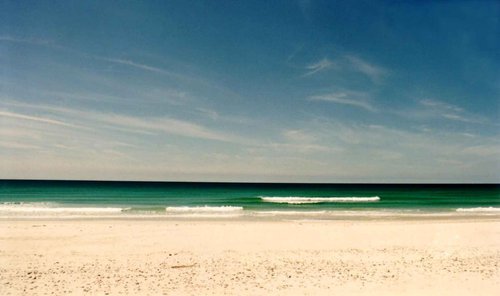
The Atlantic Ocean from the Isle of Barra, Scotland.
This is the reference photo I’ve chosen for my next drawing. It was taken on a camping trip and our tent was pitched just behind the dunes which reached down to this beach.
“Atlantic Ocean, Isle of Barra” no. 1
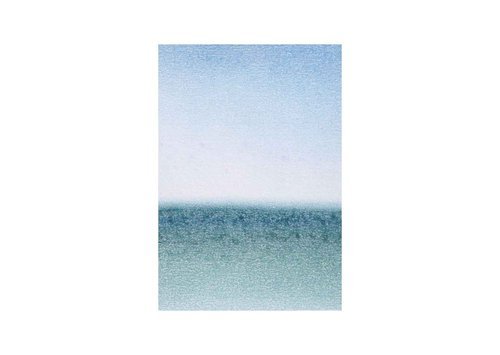
“Atlantic Ocean, Isle of Barra”.
Pastel drawing, approx 87mm x 60mm.
An almost otherworldly drawing remembering an almost otherworldly seascape. I had no idea that the sea could be this colour until I went to the Scottish islands.
“Horizon, Isle of Barra” no. 2

“Horizon, Isle of Barra” no. 2.
Pastel drawing, approx 85mm x 30mm.
Standing on the edge of the Atlantic ocean, looking out to a disappearing horizon.

A sunset will tint your dreams
Photo by Mauro Scalabroni
by ystenes on Flickr.Husavik, a harbor for fishermen on the northern Iceland.
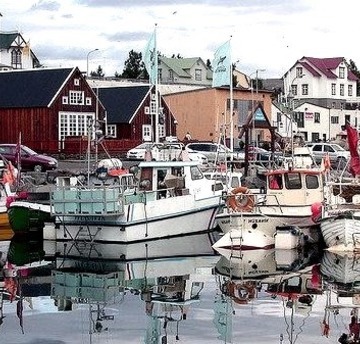
Palm trees on the beach, Little Corn Island, Nicaragua

Sunrise, bang on the Equator.

Sunrise over the equator.

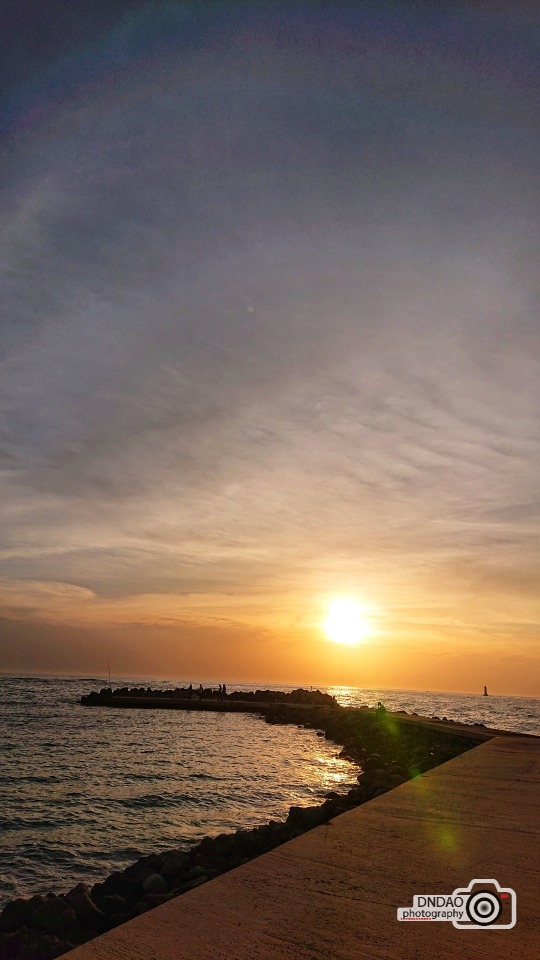
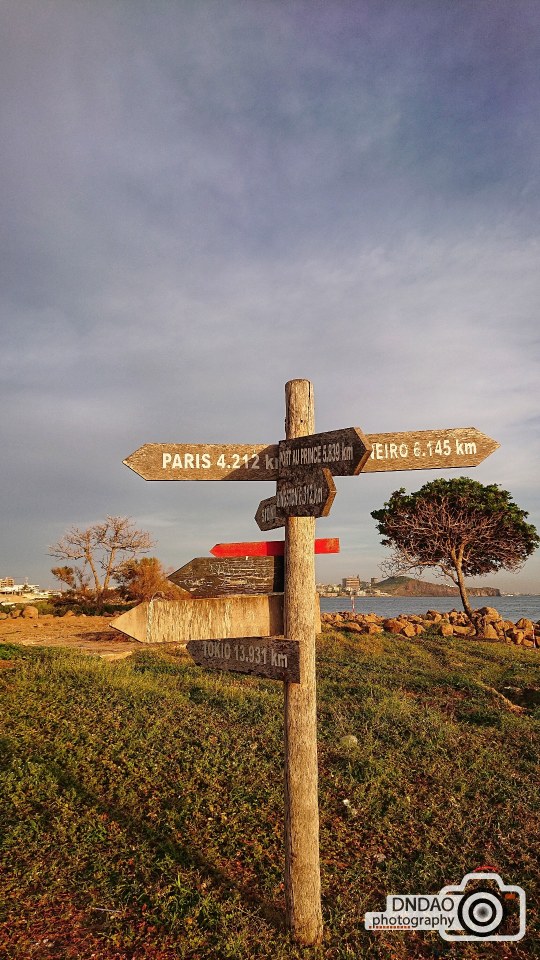
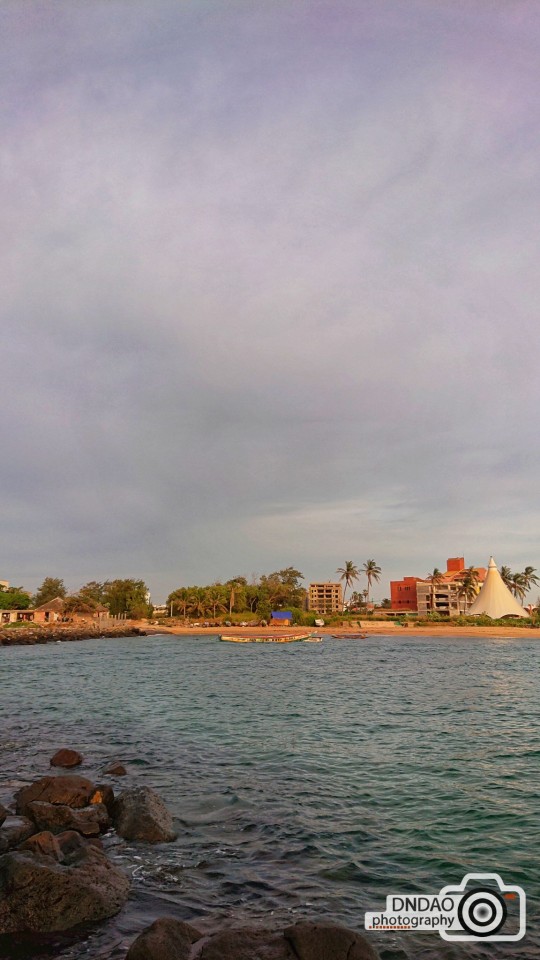
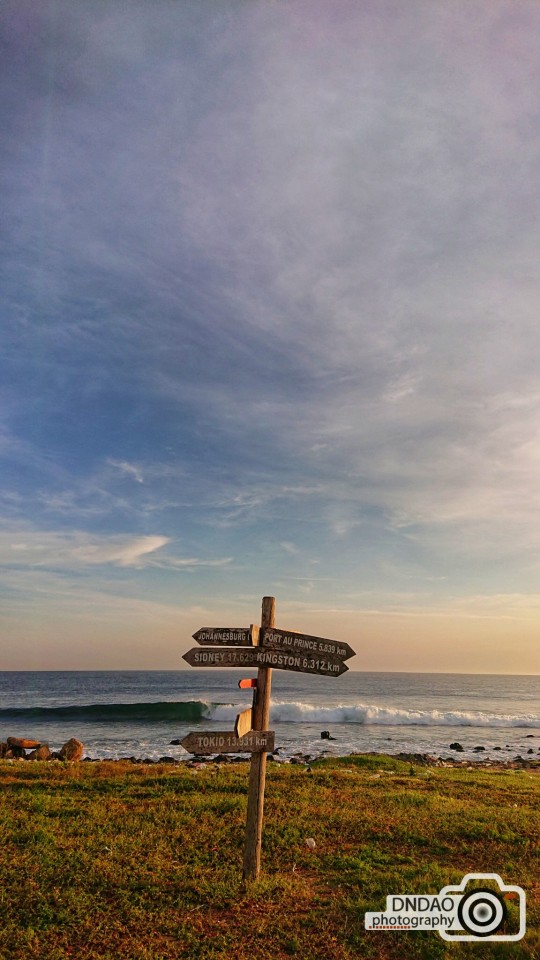
La Pointe des Almadies, Dakar. The Westmost point of continental Africa




La Pointe des Almadies, Dakar. The Westmost point of continental Africa
Almadies corniche, Dakar ! View from Jet Set Coffee. Surfers waiting for waves to ride in this partially rocky beach of the Corniche des Almadies.






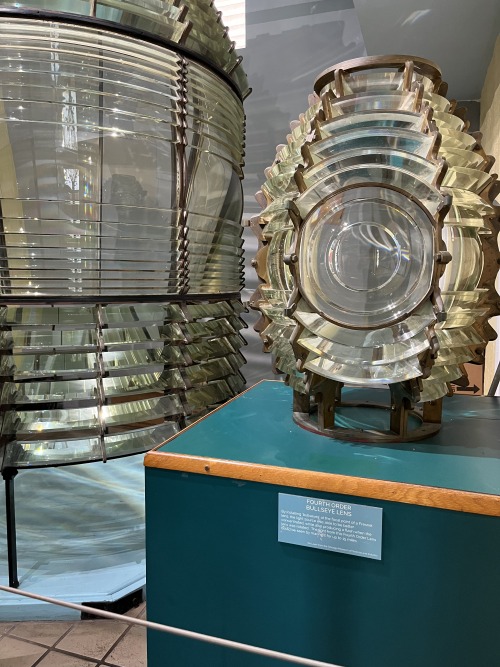

Lighthouse Tech
All of these pictures were taken at the Key West Lighthouse, a very well put together museum with a lighthouse that retains its original lens, as well as some remarkable exhibits in the keeper's house and the entrance building.
A link to the museum:
https://www.kwahs.org/key-west-lighthouse-keepers-quarters/
The pictures listed in the order they appear: 1. Key West Lighthouse; 2. The lighthouse's third order Fresnel lens; 3. Key West's colored sector glass pane; 4. A fifth order lens; 5. The twelve foot high, first order lens from Sombrero Key Lighthouse; 6. A fourth order lens; 7. A diagram showing some interesting information on lens sizes, the arrangement of the sections, and how far they could be seen.
Lighthouses are another interest of mine. I adore these things, and the remarkable engineering that went into them. If any building deserves to be described as a work of art, it's a lighthouse.
The Fresnel (pronounced Frey-nel) lenses are the ultimate blend of art, science, and engineering. They refract light over incredible distances from a comparatively small light source, and they are immeasurably beautiful, in my eyes. They are extremely intricate and very well put together, and if it weren't for the unstoppable march of "progress" and the extreme shortsightedness that seems to come with it, they would last a thousand years.
They come in many different shapes and sizes. Each was unique, as each one needed to fit the specific needs of the area. That, and they were all handmade. The different sizes were known as orders. First orders are on the upper end of the size spectrum, while sixth orders are on the lower end.
Some lighthouses received colored sections so that they could be identified from a distance, or to warn of obstructions. Many of these used sector glass panes in front of the lens, while on some, such as the Umpqua River Lighthouse, the lens itself was colored.
Lens rotation was accomplished via a clockwork mechanism. Some lenses rode on wheeled carriages, but these were not suitable for first order lenses. They were simply too heavy, there was too much friction, and the clockwork could not make them turn fast enough. So, the solution was to find a material for the lens to ride on that would be nearly frictionless. The solution they came up with was to fill a huge basin with mercury and place the lens and carriage on top of it. Mercury is very dense, so the lens actually floats on the surface of the mercury. It is so smooth that a person can rotate a three ton lens with their finger.
I might post some more photos from my trip to Key West. Stay tuned







Key West Lighthouse and Keeper's Quarters Museum
Some of the exhibits contained inside the keeper's house in Key West.







Beachy Head
Last month, the Bluebell Railway finished constructing their new Atlantic and were able to release it into traffic. It is a complete new build, yes, but unlike Tornado, it’s more of a replica, rather than a continuation, because this engine shares its name and number with one of the original H2 Atlantics from the LBSCR. The only part of the engine that wasn’t made from scratch is the boiler.
D.E. Marsh, the man who first designed these engines way back when, was educated on the GNR under Mr. Ivatt. Because of this, when Marsh went to become the LBSC’s chief mechanical engineer, he closely followed GNR practice. So, if you think the H2 resembles the famous C1 Atlantics on the GNR, you’d be right! They are extremely similar, and their boilers are nearly identical. Years ago, a spare GNR C1 boiler was discovered somewhere up north, and the Bluebell Railway, knowing everything I just described, jumped at the chance to get a hold of it and fill a gap in Southern Railway preservation.
Last week, I got the chance to visit the railway and ride behind the engine during the Bluebell Railway’s beer festival. I drank quite a few high quality brews, but the highlight was, of course, riding behind Beachy Head. The best part of it all? The Bluebell Railway operates a section of former LBSCR track, so Beachy Head, being an LBSCR engine, is on home turf. These engines would have traveled down this way in the old days, so I’ve been told.
Anyway, the Bluebell Line is an exceptionally friendly railway, and I recommend it to anyone who makes a trip to the south of England. It’s an easy day trip to make from London, with mainline trains running straight to the Bluebell Railway’s northern terminus at East Grinstead.
Pseudobiceros hancockanus
Hancock's Flatworm
They are a species of hermaphroditic marine flatworm in the family Pseudocerotidae.
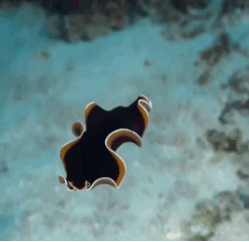
It can grow up to 14cm (5.5 inches) in length.
Pseudobiceros hancockanus lives in warm seas or coral reefs (seen in Indonesia, Fiji and Kenya)
Scientists suspect it eats small invertebrates that live in sponges.


Cormorants in the water and on the rocks around the Beavertail Lighthouse in Rhode Island.


